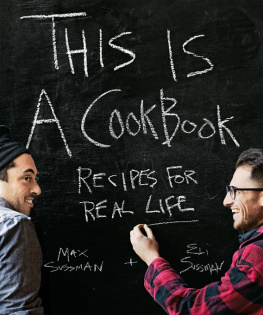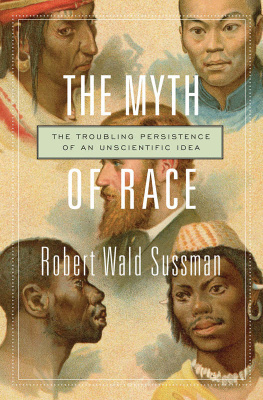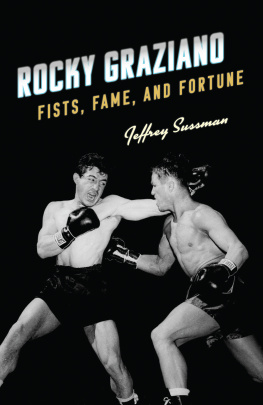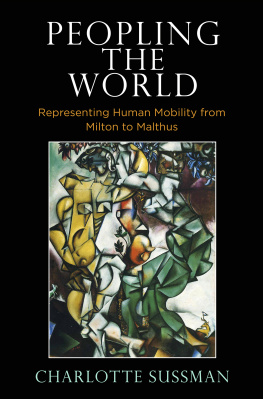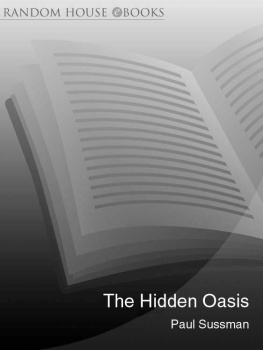New Mexico 2050?
A Prefatory Poem
Hakim Bellamy
New Mexico has been called
lots of things
by the Upper 48.
My favorite
is recession proof.
Like some sort of backhanded condiment,
like vinegar, when I ordered chile,
like drought, instead of desert,
like climate change for dinner
instead of rain for breakfast.
But mean
is not what they mean.
When poor is the new normal,
you cant feel the economy flatline.
Just like you couldnt feel it
when it was booming.
Just like the bottom of the ocean
unmoved by the waves.
What they meant
is irrelevant,
even insignificant.
Because we take everything
as a compliment.
Because at 2050,
with the oldest state capital in the country,
we look damn good for our age.
Compared to their Dow Jones Average
we are finally exceptional,
breaking the curve
one border at a time.
36 years from here,
New Mexico will still be exotic to others
and enchanting to us.
Well still be inventing
new names to call ourselves.
Still be creating new races
every monsoon season of love.
New Mexico will still be magic,
Like a horizon-taut canvas
making something out of nothing.
Pulling a rabbit out of the mesa
waiting a sign, with both ears
to the sky.
Nothing under its sleeve
but sacred heart ink.
Acequia Sangre underneath
its adobe-flavored skin.
Hungry for the snowpack
to finally shed a tear.
As the highways grow
wider and western than the Rio.
As the river banks
collapse like a recession
in vein.
As the scales of justice
elevate us out of poverty
instead of shackling us to it.
As the education system
weights opportunity
over place of worth.
As the sites
become more sacred,
and the sacred
becomes more scarce.
New Mexico will endure,
evolve and enchant,
as it has always done.
Under many different names...
But what about
the Nuevomexicanos ?
Preface
What Can We Be? What Will We Be?
Fred Harris
The past is prologue. True. And so is the present . But in New Mexico, neither of these is necessarily destiny.
A local announcer once opened the great annual Montana Crow Indian Fair Rodeo with the words, Ladies and Gentlemen and all you white people, we have cowboys here tonight from all over the worldand many other places!
Well, Im not a cowboy exactly, not an Indian either, but Ive been nearly all over the world, and many other places, and Ive never found any place I like as much as New Mexico. Thats the truth.
Weve got our problems. Everybody knows that.
And maybe people say that weve made our own bed. But we dont have to lie in it. The problems we have here in this wonderful state were by and large made by people. And they can be solved by people, too. Thats what New Mexico 2050 , the book from which this text is taken, is about.
A blueprint for New Mexicos future.
A handbook for New Mexicos leaders and public officials, present and potential.
A textbook for New Mexicos students.
A sourcebook for New Mexicos teachers and researchers.
A hymnbook for proud New Mexicans who want our beloved Land of Enchantment also to become the Land of Opportunity, fully and for all.
That, I am sure, is what John Byram, the dedicated and farsighted director of the University of New Mexico Press, had in mind when he asked me to organize, produce, and edit New Mexico 2050 . And thats what I, too, had in mind when I agreed to take on the task, after adding in my own mind a theoretical subtitle for the book: What Can We Be? What Will We Be?
With a grant (for which were most grateful) from the McCune Foundation to assist with project expenses, I set out to find recognized New Mexico experts in each subject field.
And I found them: our contributors. All of us went to work. And it has been a labor of love.
New Mexico 2050 an honest book. I asked the contributors for each chapter, first, to be descriptive to say frankly and plainly what the present situation in New Mexico isabout the economy, for example, or the environment. And they have done that. They tell what our liabilities are, of course. But they also tell what our assets are.
New Mexico 2050 is a courageous book. I asked the contributors for each chapter, next, to be prescriptive to say fearlessly what we need to do in New Mexico to make things better. They have done that, too.
And New Mexico 2050 is a hopeful book. I asked the contributors for each chapter, finally, to be predictive to say optimistically what the well-informed and wise people of New Mexico, and their leaders, can and will bring about in our states future. And the contributors have also done this.
A professional planner by trade and recognized for being brilliant at it, New Mexican Aaron Sussman not only makes New Mexico Transportation and Planning in 2050 required authoritative reading for anyone who wants to know all about New Mexico and New Mexicans right nowwhere we live, where we go and how, who we are, and what we can and should be in the futurebut he also puts it all down in a such a marvelously cogent way that he causes us to really enjoy ourselves while were learning.
And finallyand I should have, in fact, put this firstHakim Bellamy, the great Albuquerque poet laureate (20122014) has, in his wonderful and challenging prefatory poem, New Mexico 2050?, put a serious query to us that we undertake in this book to respond to in a sound and inspirational way.
Read on.
Note: This is an abridged version of the Preface that appears in the University of New Mexico Press title New Mexico 2050 .
New Mexico Transportation and Planning in 2050
Aaron Sussman
Where we live, how we live, and how we travel are deeply intertwined. When imagining life in 2050, it is tempting to picture a future of advanced technology that bears little resemblance to our present. What is more likely is a series of shifts, many of them subtle, that will not necessarily reinvent how we travel or how we live but will affect the shape of communities in New Mexico and the ways we reach our destinations.
This is to say that there may be not one dramatically different transportation future but many, driven by changing population distribution patterns and the associated economic activity. Where we live affects the transportation options at our disposal and, conversely, how we prefer to travel affects the types of places we choose to live in. Yet within the context of our choices there are larger trends at play. New Mexico has historically been a rural state, but in many ways it is becoming more urban as population gravitates to the larger towns and cities. While Albuquerque will not exactly become another San Francisco or New York in terms of size or density, at a minimum more New Mexicans may lead an urban or urban-adjacent lifestyle in the coming decades.





